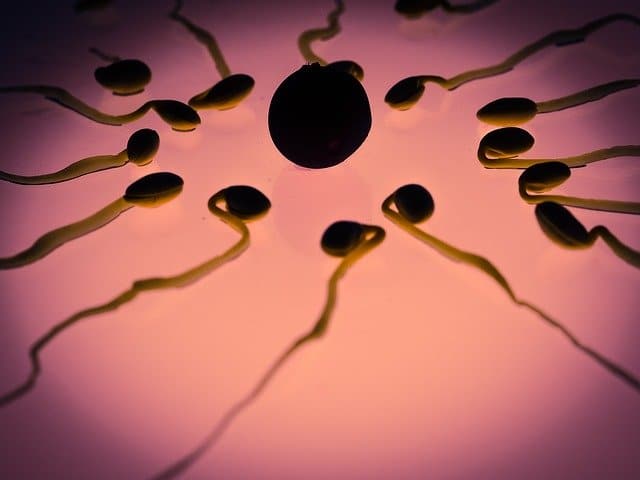
The female sex cell is known as the egg.
The etymological origin of ovum leads us to ovŭlum , the diminutive of ovum (which can be translated as "egg" ). An egg is a female sex cell that is generated in the ovaries .
It is a female gamete that has the shape of a sphere and is susceptible to fertilization by the male gamete, called sperm . When the egg is fertilized, the zygote is created which, upon development, will transform into an embryo , then into a fetus and finally into a new creature.
What is an ovum
Eggs are haploid cells that carry genetic information. They are produced through oogenesis in the ovaries, through cellular reproduction called meiosis .
In the case of human beings , women mature an egg every about twenty-eight days since they reach puberty . When this process is carried out, the egg leaves the ovary and reaches the fallopian tubes as part of the process known as menstruation , which includes vaginal bleeding. Menstruation is interrupted when fertilization takes place and the woman, therefore, becomes pregnant.

The notion of ovule is used in botany.
Its structure
In addition to all of the above, it is also necessary to establish what the structure of the ovule is. This is made up of the following parts:
• Nucleus , which is responsible for containing the maternal genome.
• Vitelline membrane , includes the so-called glycoproteins that are fundamental elements so that the union of the different sexual cells can occur.
• Cytoplasmic membrane , which becomes key when ion exchange can occur.
Diseases and disorders that can affect the egg
There are various diseases and disorders that, in one way or another, affect the eggs. Specifically, among these the following stand out:
• Anovulation . A "revolution" of hormones is what causes this pathology, which is, as its name indicates, an alteration in the ovulation process. Among the causes that cause it are stress, excess physical exercise, weight loss...
• Fibroids . The obstruction of the fallopian tubes as well as the impossibility of the egg being fertilized are some of the consequences that these aforementioned fibroids bring with them. Specifically, these are abnormal growths of the muscle tissue that is located in the area of the uterus .
• Polycystic ovary syndrome . Difficulty staying in shape, excessive hair growth or notable weight gain are some of the symptoms that identify this problem. It basically consists of the woman having various cysts in the ovary.
The concept in botany
Within the field of botany , an ovule is an organ that is part of plants . Plants also have ovaries: inside, the spherical-shaped bodies that are created are called ovules, which house the female gametes ( oospheres ) and other cells.
There are different kinds of ovules in plants, such as campylotropic (curved), orthotropic (straight) and anatropous (elongated).
